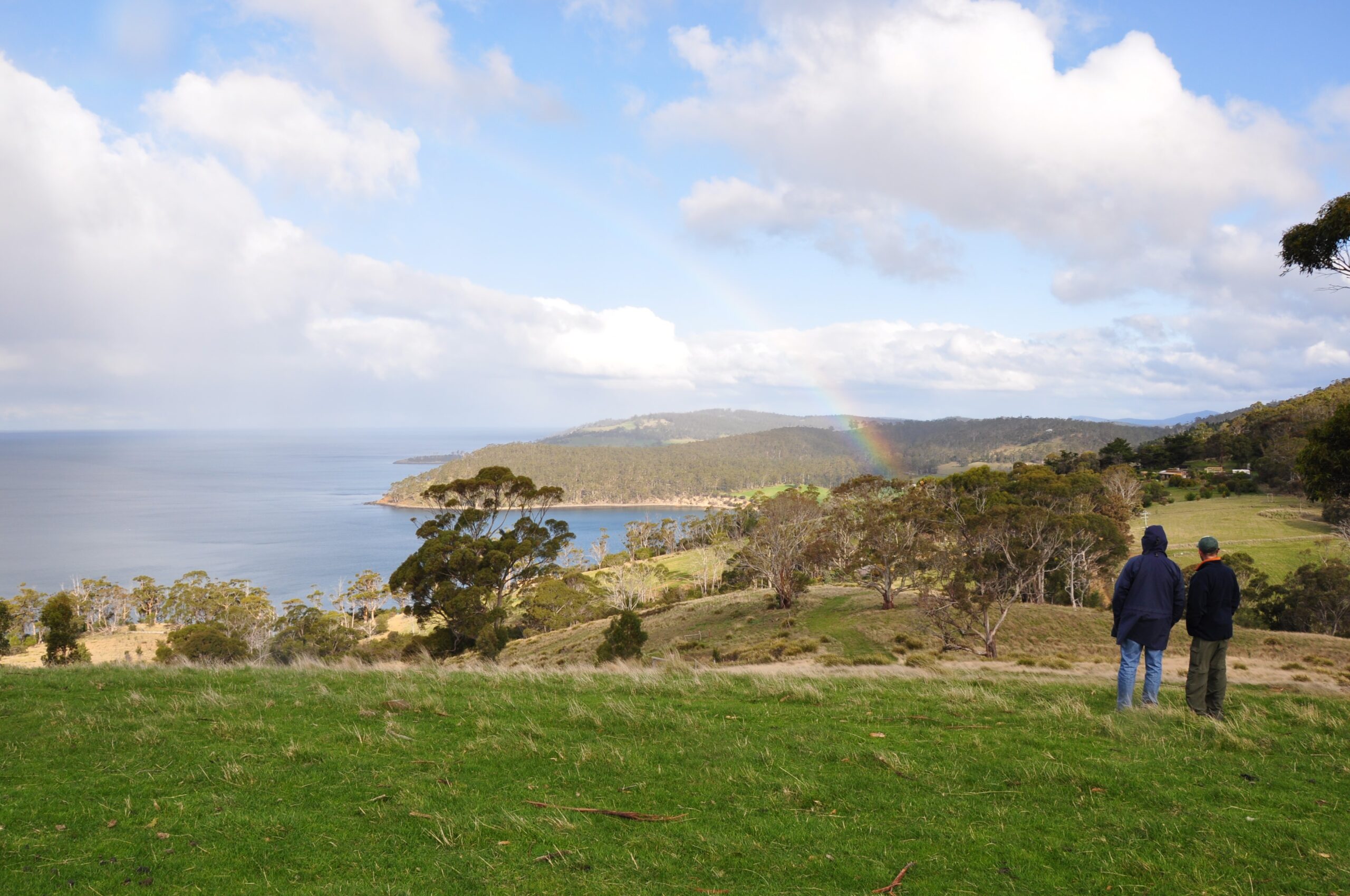If you own or live on an acreage,you will know that managing the property for your lifestyle and the environment can be both challenging and rewarding. If you’d like to get the most out of your rural block, here are some key tips that can help you manage your property to help support your local environment and the wildlife that makes Tasmania so special. For a more comprehensive resource, check out our newly updated Property Planning Guide for Landholders.
Our unique and beautiful wildlife relies on native bushland. Support native species by maintaining understorey plants, leaving some standing and fallen dead wood in place and protecting living or dead trees with tree hollows.
USEFUL Resources:
Tasmania’s native flora has evolved to suit its climate and conditions. They can fulfil a variety of garden needs, from hedges and screens to native lawns, and need minimal care and attention.
Our online resource library has local plant lists for all southern Tasmanian council regions, as well as a Native Gardens Guide.
USEFUL Resources:
Remove weeds from the areas with the healthiest native plants first. Start on the edges and work inwards. Weeding requires annual follow-up until no seeds remain in the soil, so don’t weed more than you can maintain and talk to your neighbours to coordinate efforts.
USEFUL Resources:
Your waterways may be part of a larger drinking water catchment. Prevent erosion and keep your waterways, ponds and dams healthy by ensuring livestock are fenced off and by maintaining vegetation on banks.
USEFUL Resources:
Tasmanian State Government freshwater resources
A Revegetation Guide for Temperate Riparian Lands
Sustainable Farms (includes dam management and water planning)
Ponds and dams wouldn’t be complete without fish, frogs and aquatic plants,
but don’t introduce non-local species. Exotic species can become widespread
problems, changing the character and health of waterways across your region.
USEFUL Resources:
Rats can spread diseases and destroy crops. They can consume animal feed
and contaminate feed and water supplies. Choose rodent control methods that minimise harm to native species (e.g. secondary poisoning effects from some rodenticides).
USEFUL Resources:
Cats and dogs are natural hunters and can have significant negative impacts on our native bird, mammal and reptile populations. Dogs that are allowed to roam off your property can cause problems with neighbours – and you are legally responsible if your dog kills or injures livestock. Ensure your cat is desexed, wears a collar with a bell and is kept indoors at night, and always walk your dog on a lead in bushland areas. By cleaning up any droppings you will help prevent the spread of parasites and disease to vulnerable native species.
USEFUL Resources:
Information for cat owners in Tasmania (TassieCat)
During dry times, small acreages may have limited pasture. Take care to avoid
overgrazing as this will encourage erosion and weeds. Overgrazed pastures can take years to recover.
Healthy soil is key to your garden, pasture and bush thriving, and healthy soil needs good groundcover. Healthy groundcover puts nutrients back into the soil, protects from erosion, and improves soil structure. Aim for 100% groundcover, 100% of the time.
USEFUL Resources:
Best practice land management guidelines for small grazing properties
In Tasmania the majority of firewood is collected on private property, where logs are taken from the ground or trees (dead or living) are chopped down. People often don’t realise the importance of this dead wood to local wildlife and biodiversity. Fallen timber provides important habitat for a range of animals, fungi and insects. Plan ahead by felling some live young trees (up to 30cm trunk width) and season it to use for the following year’s firewood.
USEFUL Resources:
Your local council can put you in touch with landcare groups in your area. These
groups are a great way to make a positive difference, meet people in your community and share ideas, knowledge and experiences.










